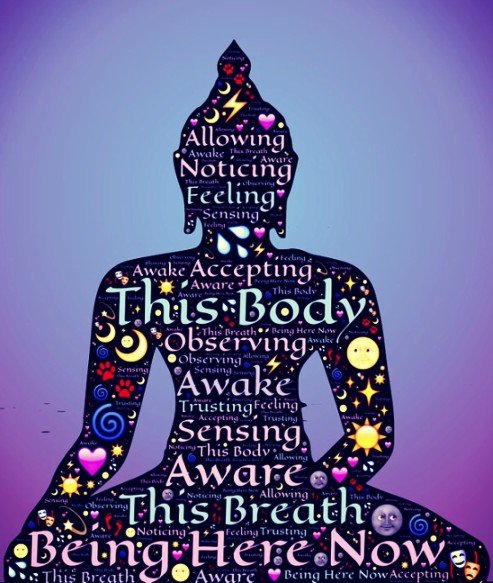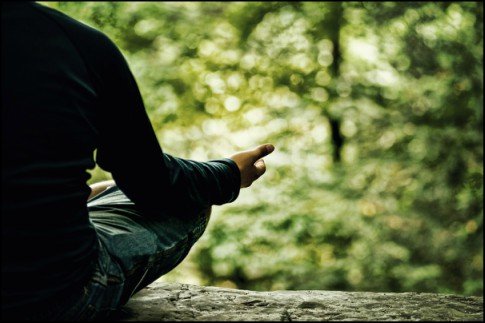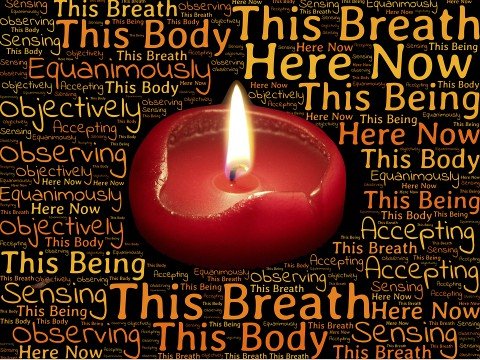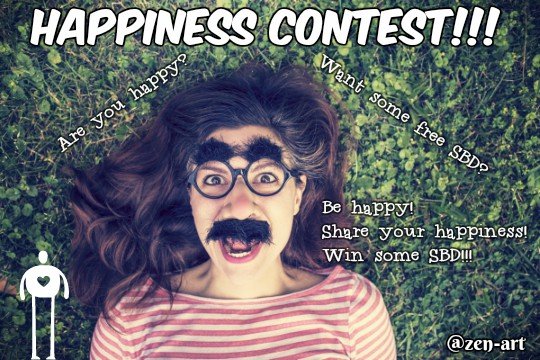Welcome to another part of my post series about meditation. Have you done your homework from last time and tried mindfulness meditation? ;) Today I will talk about Vipassana, and for those of you who are just joining us, do not be alarmed. These posts are written in simple language for everyone to understand and be able to quickly catch up. Here is what we have covered so far:
We will now take a deep breath and begin with Vipassana...

VIPASSANA MEDITATION
- category: open monitoring meditation
- difficulty: medium
- posture: sitting
- origins: Buddhism, brought to the west by S.N. Goenka
- time needed: 30 minutes to 1 hour

image source
Vipassana is the highest form of awareness, it awakens the senses by scanning of the body and the word literal meaning when translated is "insight”, or “clear seeing". If you have ever practiced or studied yoga, you probably found out that those two, yoga and Vipassana often come together in spite of their different origins. Well, not so different after all. Yoga comes from Hinduism, and Vipassana from Buddhism but Hinduism and Buddhism both come from a spiritual culture of ancient India.
"The only conversion involved in Vipassana is from misery to happiness, from bondage to liberation." S. N. Goenka
SILENT RETREATS
Vipassana is usually taught at silent retreats that last 10 days, there are a number of them you can check online and submit your application to be a part of them. Some of those links will be provided for you at the end of this post. Those retreats are run on a volunteer and charity basis and are free, you do not have to pay for attending. Keep in mind that you will have to abide strict rules and the retreat's code of conduct. You can try Vipassana for yourself, in your own home and then decide if you are ready for the retreat or not.

image source
VIPASSANA ELEMENTS
This meditation has 3 elements; concentration, sensory clarity, and equanimity. When we talk about concentration we are talking about the skill to bring the mind back when it wanders off from the object of meditation such as the breath. Sensory clarity is the second skill or element needed, it is our ability to be aware of the change that the object of meditation undergoes. If the object is our breath, the change would be in its pauses, pace, inhale and exhale etc. The last element is equanimity, the ability to be non-attached, non-judgmental, and non-reactive. This is a skill that deals with the acceptance of the present moment.
HOW TO GET STARTED
Before you start meditating you should know that you will be using labeling in this type of meditation, that labeling should not be negative but simple and neutral. It should be a way for you to explain your distractions. A lot of teachers suggest that you carry that mindset throughout your day to enhance your presence at every moment. While meditating those labels should be tied to your senses if you have an external distraction. For example, if you hear something that distracts you just start repeating the word hearing. If your distractions are internal, in a form of thoughts, just label them and start repeating the word that is your label. For example, you could use remebering, planning, regreting etc. The purpose of these word mantras is to become more aware of them. When you become aware of them return your focus to your breath.

VIPASSANA PHILOSOPHY
Nothing we do is good or bad, our thoughts make it seem as good or bad. By shifting our attention from negative associations we can start going in the direction of contentment, leaving the resistance behind us. Sometimes we have resistance towards washing dishes, walking to the store or talking with someone, Vipassana helps us to learn how to see those things in a neutral light, neither good or bad.
ARE YOU READY TO GIVE IT A TRY? :)
- set your timer to 30 minutes or 1 hour
- sit in a comfortable position, if possible do this in nature
- your legs should be uncrossed or in a lotus position and your back straight
- close your eyes and focus on your abdomen rising and falling with each breath
- breathe naturally, do not haste or slow down, relax
- sharpen your focus to the rise and fall of your abdomen
- as your abdomen rises say inside your mind rising
- as your abdomen falls say inside your mind falling
- when your mind wanders off, recognize it and label it
- say the label inside your mind (example: thinking, imagining, pressure, warmth, itching)
- return your attention to your abdomen
- repeat this process until your time runs out
- when finishing, repeat the words opening eyes and ending meditation
I hope this post helped you to learn something and intrigued you to try this meditation. For more information please follow these links:
Dhamma.org
Enlightening whispererss
Do you yoga
Lions roar
Yoga journal
I will see you in another post about meditation next Tuesday. Your homework until then is to try this meditation 3 times in the next seven days. Thank you for reading and have a lovely day.
)
 >
>